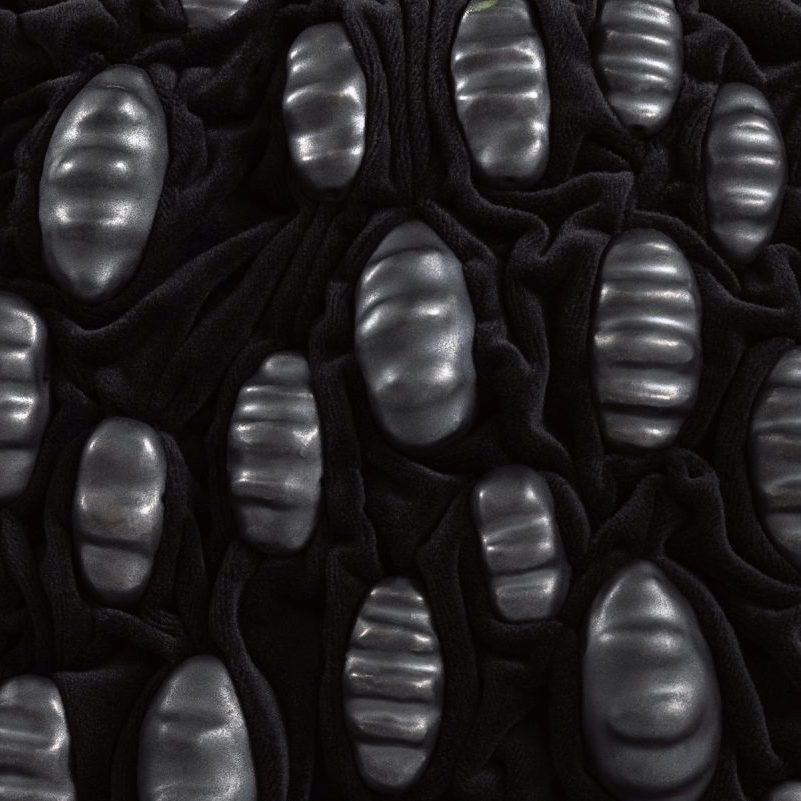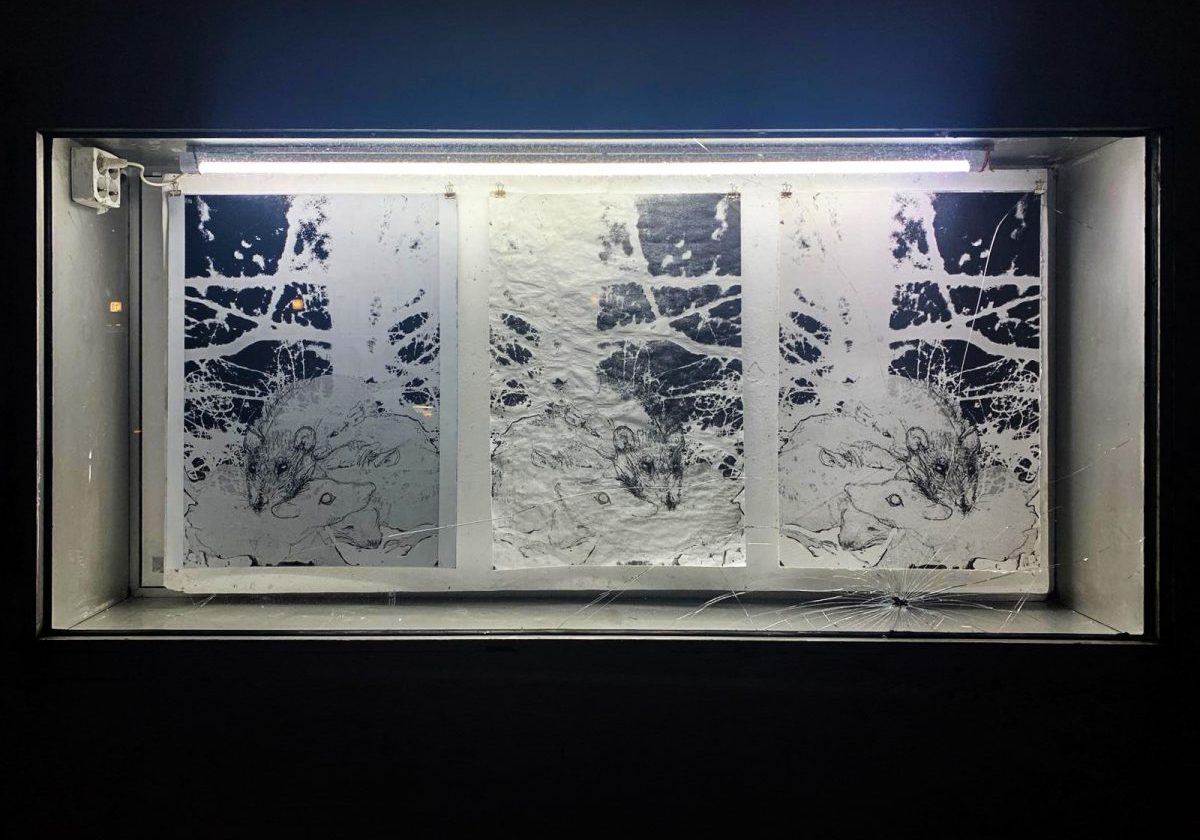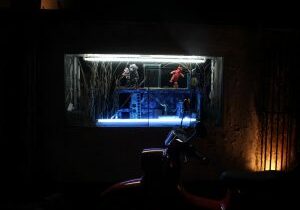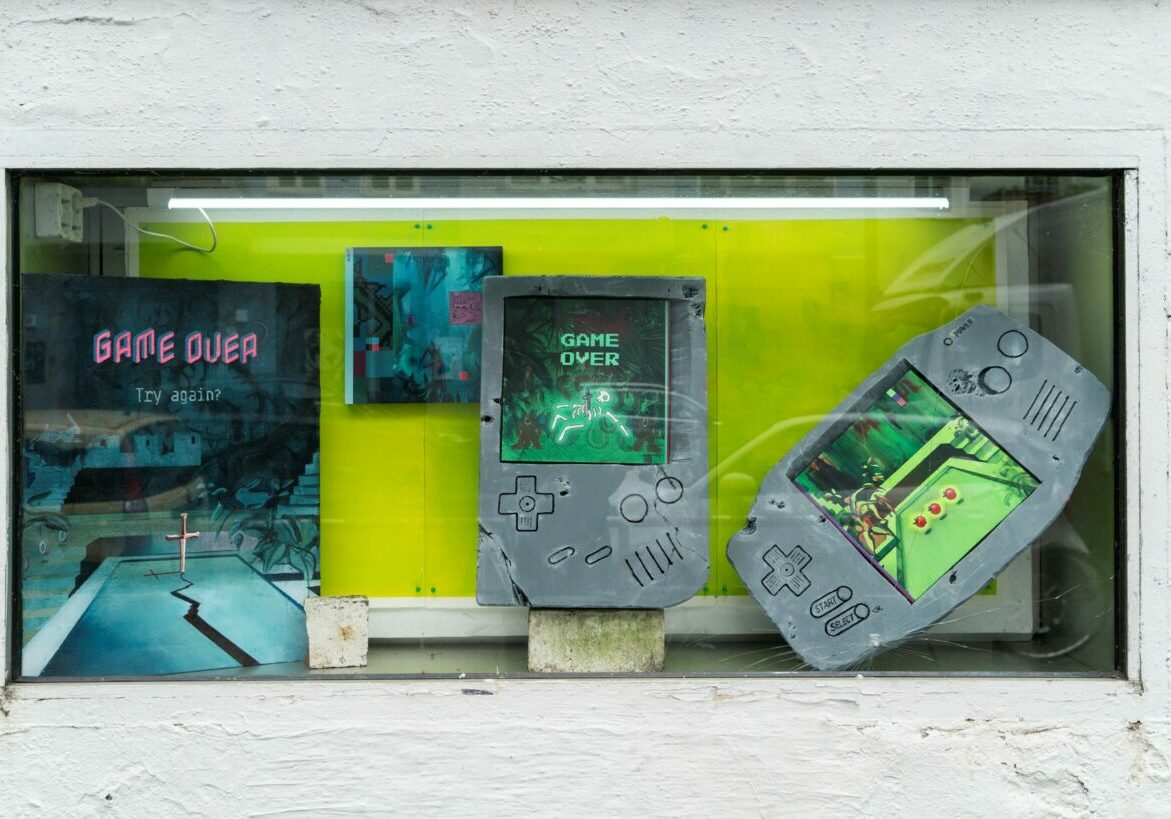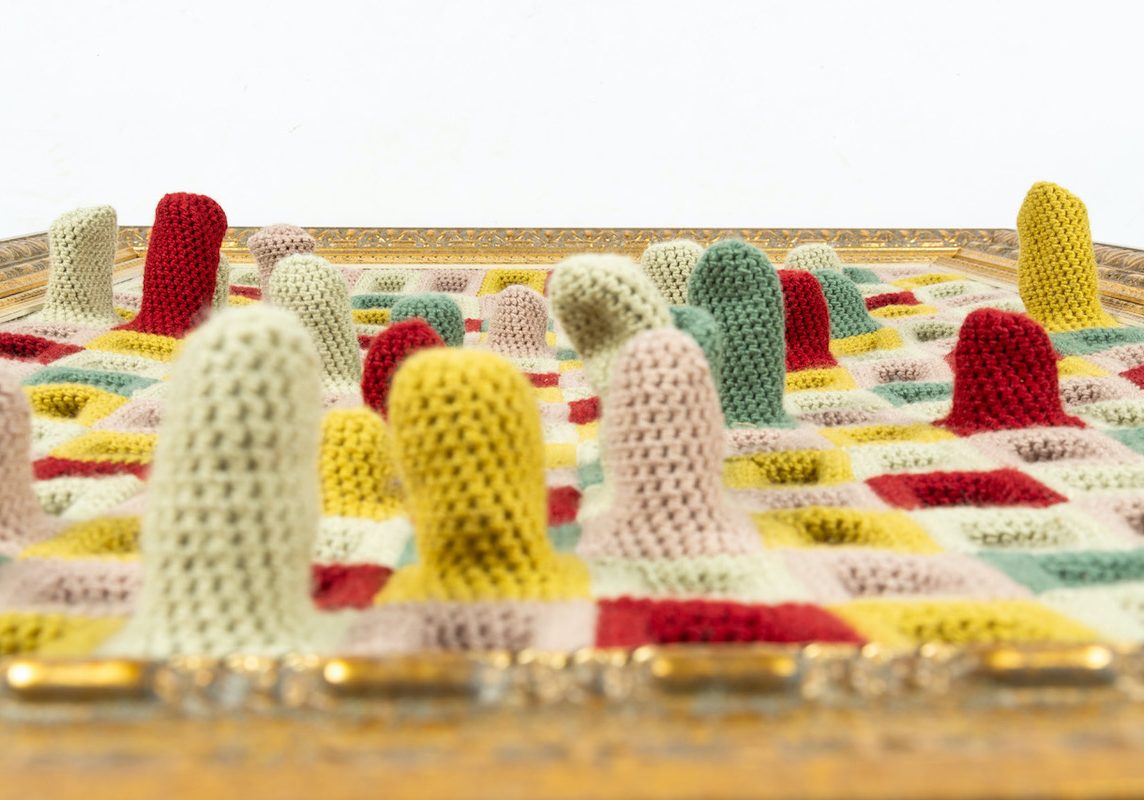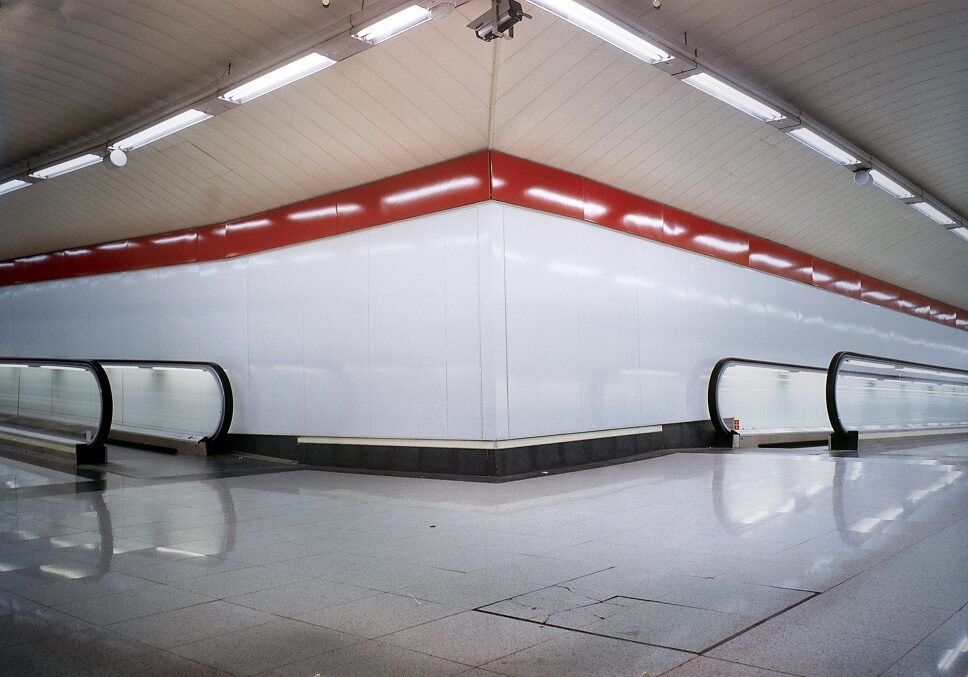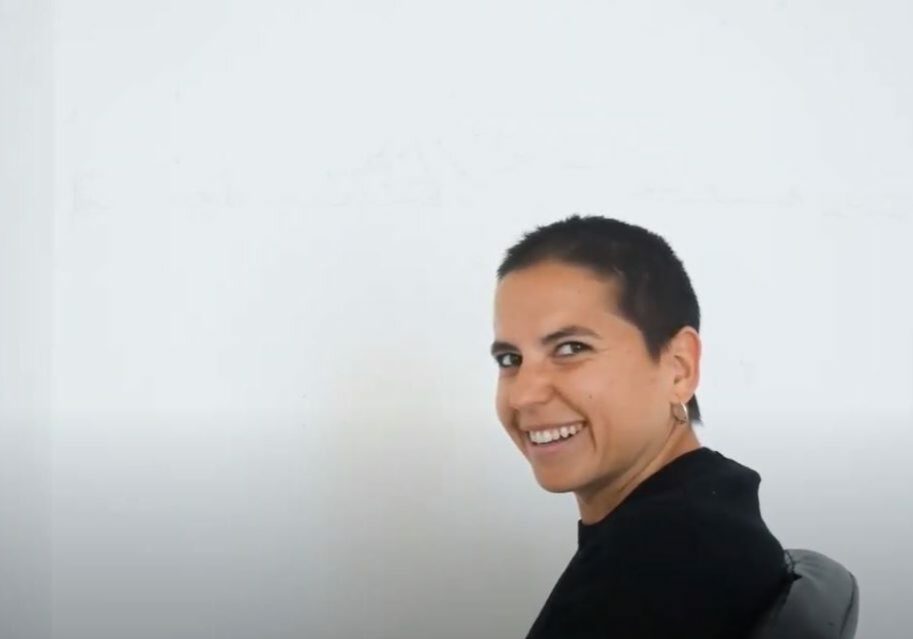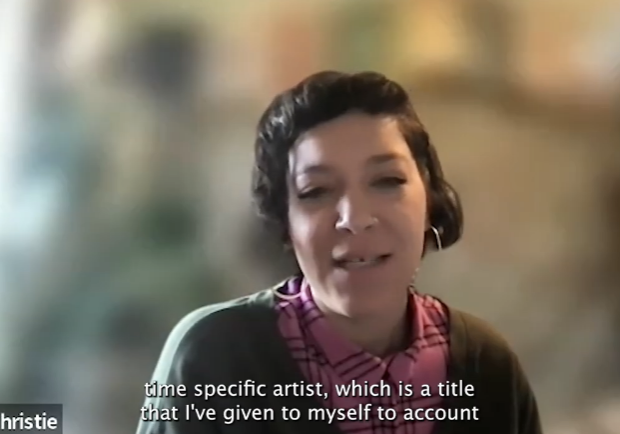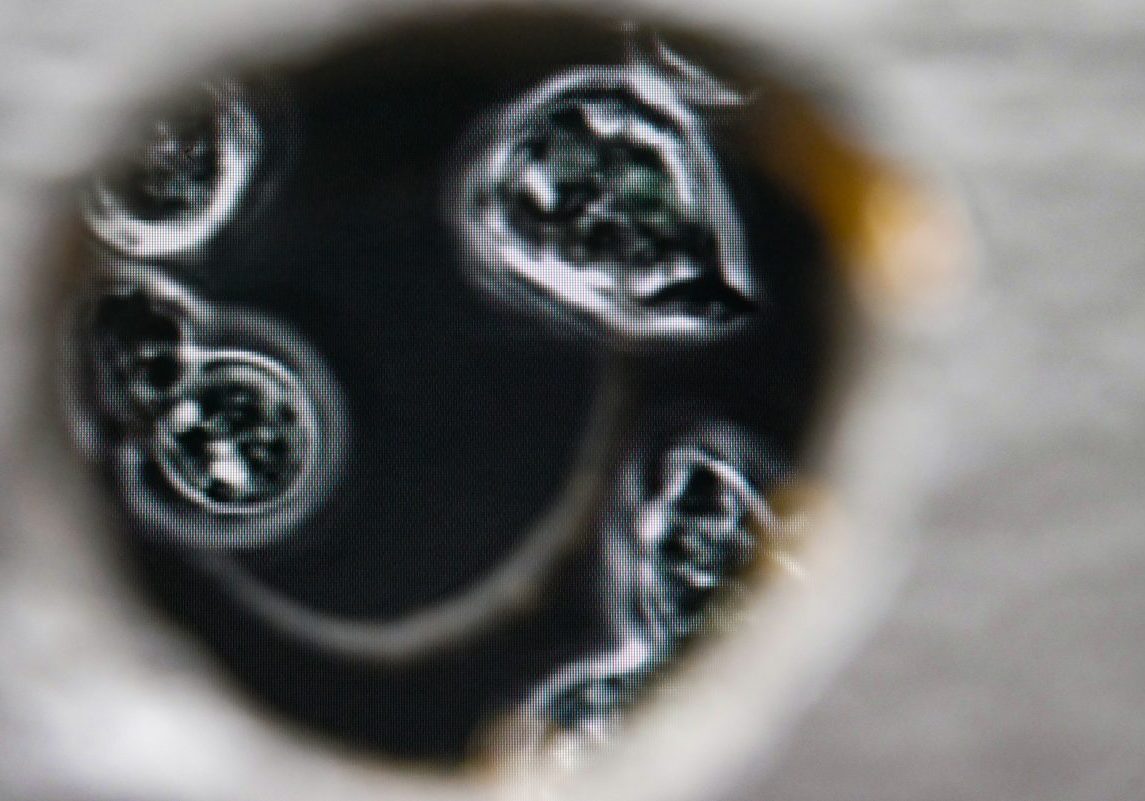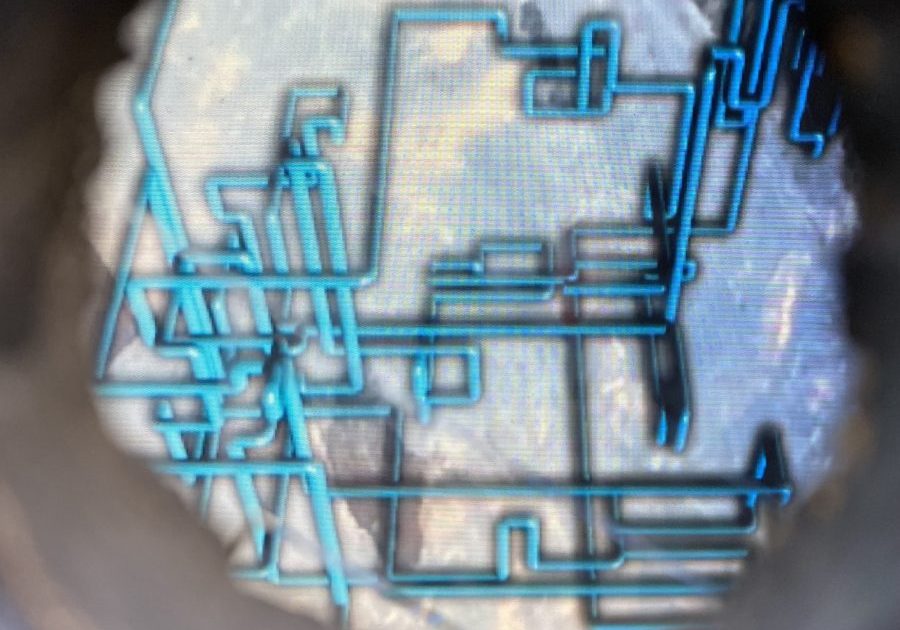Meet the Artist // Lucila Sancineti
Lucila Sancineti explores the intimacy of matter and the body in her artistic practice, where everything a body touches becomes a body. Her work invites a tactile encounter with porous surfaces, fostering connections with otherness through fragments like scales, crusts, and fossils. These remnants evoke suspended states of transformation, embodying a temporal paradox. Her pieces become poetic attempts to grasp the ungraspable, the elusive flow of change and becoming
Can you give us an introduction about yourself and about your background?
I’m a visual artist from Argentina. I work across disciplines, experimenting with different materials and techniques. I think that I’ve always been curious and interested in very diverse things. For example when I was young I wanted to be a marine biologist and I was also obsessed with the Egyptians, jewellery and fantasy books. At university I studied Literature, and at the same time I trained myself as an artist through different workshops. I took sewing lessons with a seamstress for five years, which was actually something in-between sewing and haute couture. I mean it wasn’t just sewing, it was also in a way fashion designing. Besides, I took painting and sculpture classes with other artists and studied scenography for a while. I was also teaching at a high school.
So in these years when I was beginning my artistic practice I was in contact with a lot of different things. I started painting but quickly began to incorporate all these other areas of interest. It was really bothering me to separate my passions, that literature seemed to be one thing and art another thing. At some point I started to intertwine all these worlds and practices and I think that right now my art has a lot of this. And because I love to learn new techniques to incorporate into my work, I’m constantly taking new workshops, like ceramics or biomaterials workshops.
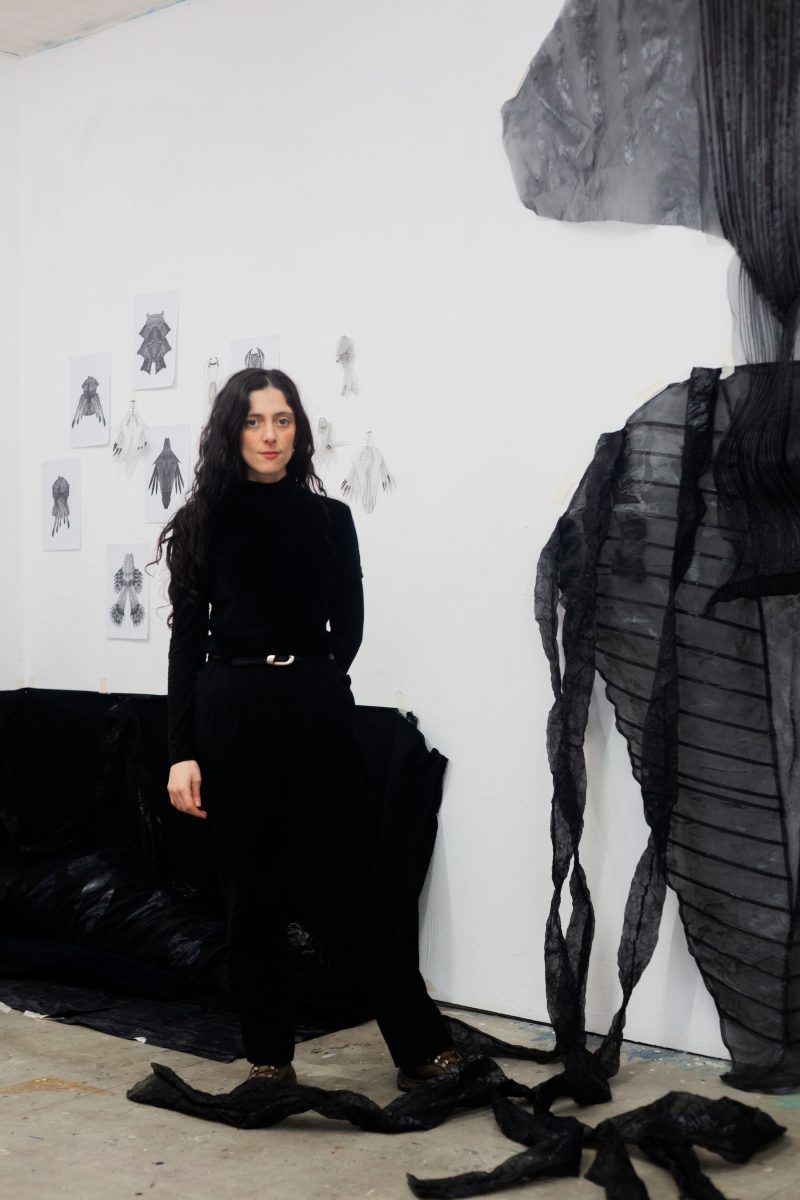
So you don’t work in just one medium?
No, I always work across different mediums to create object-like pieces and installations. I’m interested mostly in building atmospheres, and for the pieces to really take up the space, to inhabit it, sometimes in a parasitical way even. I want people to feel that they are co-inhabiting the space, that they are entering a habitat where you have to share that space with the pieces. It’s very important for me that the pieces feel like entities, in the sense of something that is alive or has been alive, so you wonder whether this is what’s left of a critter, maybe the skin of a critter, their remains, something that was here and it’s not anymore. And you are trying to understand what this was, what its shape was, how it behaved. You’re constantly pursuing something that keeps getting away, it’s like hunting, chasing this entity that is constantly moving.
I feel like this comes from my interest in narrative, in story-telling. I want you to be able to think ‘Oh, if this is the leg, then what happens with the head?’ And to start thinking about that piece, trying to build a story in your mind about what’s happening with it.
Can you tell us about your recent work and what are you planning to work on during the residency?
My current project started with a research on fashion patterns. I was looking at sewing patterns from old fashion magazines like La Mode Illustrée, and also at exuviae, that are the skins that insects and other species leave after they moult. Sometimes you can see the whole cast of the insect attached to a tree. I have this love/repulsion relationship with insects, I feel very attracted to them, but at the same time very disgusted by them. I like that feeling. When you feel disgusted by something, for me, it’s a good feeling. It shows that there is something happening with how we understand the world, with how we were taught to understand the world.
So while looking at exuviae and at the sewing patterns, I started thinking that our skin actually grows with us. With people you don’t see the phases of change as you do with insects through these skins they leave, that show a mutated organism. These casts are like frozen stages of the body. It’s like a picture of a body, but a physical picture. I began to wonder, if our human bodies mutated, what would that look like? I started building these pieces with this idea, as if we could have these skins that were shed by some human-insect-like shape. What I’m doing at the residency is a continuation of that process of crafting textile pieces that investigate shapes that come from mutated fashion patterns. At the same time, it’s an investigation on creating different textures using one very specific fabric, organza, and shaping it organically so that it feels like a layer of skin.
I’m also working on a series of digital collages that I started some time ago, using the illustrations from the fashion magazines I took the patterns from. What I’m finding here at the residency is that I’m having time to explore a lot of different lines of work that were there but in a sort of latent state. I also started to play with light. It’s not that I can’t do it at home, but here I have the time and mental space to explore all these possibilities. All these little things start to unfold and feed my main project.
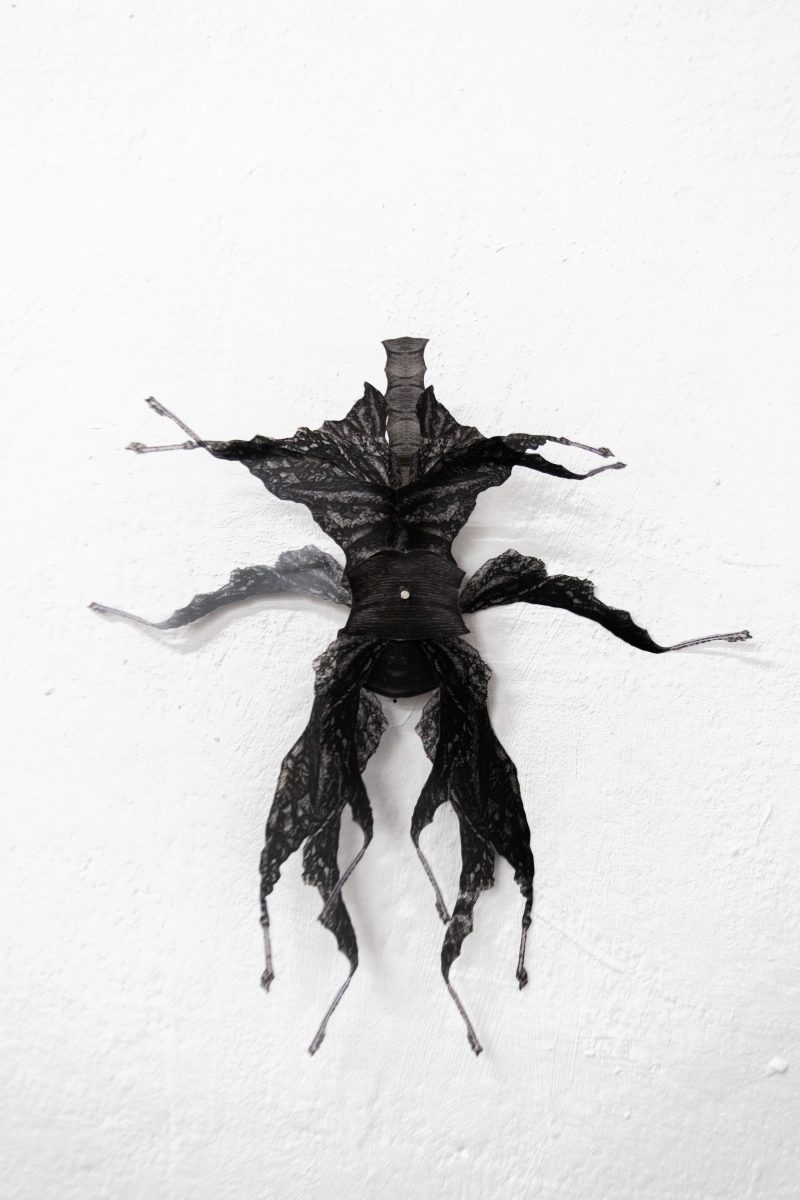
Can you tell a bit about the connection of fashion and contemporary art? How is it connected to you?
I’m interested in fashion as a way of expression and experimentation. Lately I’ve been looking at designers or pieces that, in a way, reshape the body and its possibilities. For instance, hoop skirts in the 1500s and then crinolines in the 1800s, which had a big wire structure. We can think it was an ornamental item, and at the same time it had a social purpose. It allowed certain movements and not others. For example, these big skirts wouldn’t allow you to get close to another body, they set a physical distance. Then, designers like Elsa Schiaparelli or Alexander McQueen redefined what is the shape of a body. I mean, why does a body have to have a certain shape, like a waist, a shoulder? We can play around with it. McQueen started to design these pants that revealed the butt crack, and the body changes. There is a different understanding of the body. I’m interested in these designs that are a bit weird in terms of reshifting our perception of our shapes, our boundaries. This is also something that sci-fi narratives explore: the ability to mutate our bodies, the idea of the body as something malleable. There is this story by Ursula K Le Guin, who is an amazing writer, about a world where people don’t have a fixed biological sex and every month for a period of time they “become” sexually male or female, they have sex and then for the rest of the month they are latent, or asexual. The story explores the type of relationships or society this particular humanity creates.
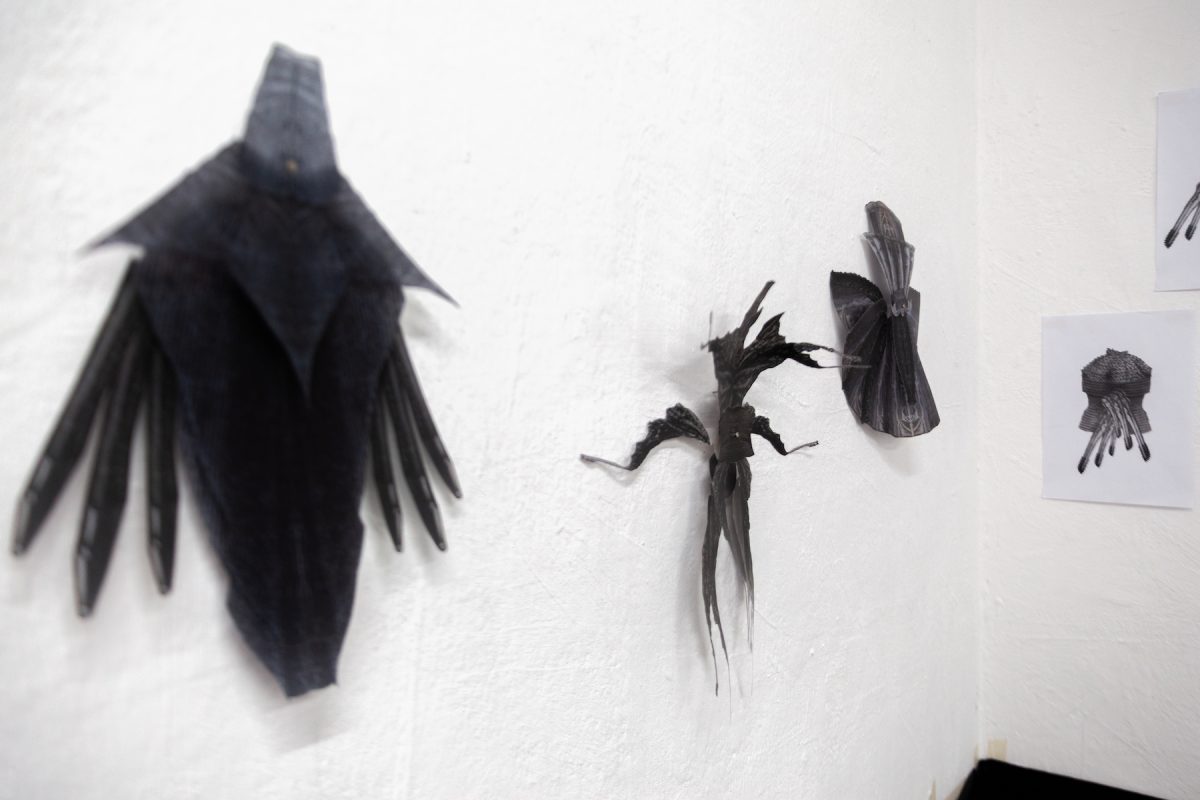
Who are some artists, writers that you love or who influenced your work?
I take inspiration from a lot of different places. I read a lot of fiction and I also watch a lot of movies, so these are two huge sources of inspiration. I also have artists that are very important to me, for example, Louise Bourgeois. Somehow I feel she would be my mother and maybe David Cronenberg would be my father. I’m a happy child of those two.
When I look at artists, I try to look at people who also work with installation or textile. I’ve been investigating artists like Ruth Asawa, Magdalena Abakanowicz. She’s an amazing Polish artist who works mainly with sculpture and has a series of works that are made with different fibers like rope and animal hair. She weaves these fibers and creates huge pieces that are kind of coats, but at the same time feel like presences, as if they had their own personality.
And of course there are a lot of authors that I really love. I’m very interested in speculative fiction, sci-fi, horror, authors like Ursula K Le Guin or Octavia Butler who talk about the potential of different bodies or different ways of being and interacting with otherness and with our world and with other worlds. I like when authors create worlds so that we can think “Ah, this might be a reality”. Right now I’m reading China Mieville, and also Latin American authors working with “new weird” fiction. An Argentinian author I like, Juan Mattio, says that in our current stage of capitalist societies realism is not enough for us to grasp or reflect on our reality and experiences, and I agree.

